06/23, Arts Culture Tourism from Tokyo
Baseball, the Otsuka Batting Center and Painting in Sugamo
Welcome to NOTEBOOK, a cultural guide to art, design and architecture, along with a resource of local news and information in English giving a realistic view of Tokyo and further afield.
06/23 – Kansai Electric informed Fukui prefectural government of its plan to reactivate the No. 1 and No. 2 reactor at its Takahama nuclear power plant, north of Kyoto on the Fukui coastline. Organizers of the popular Awa Odori are offering premium seats each priced at 200,000 JPY (1,400 USD) for the annual dance festival held in Tokushima Prefecture this August. A box of 15 premier cherries known as “Aomori Heartbeat” fetched a staggering 500,000 JPY (3,500 USD) during the first auction of the season in Aomori prefecture.
And with Baseball the national pastime in Japan, we visit Picotao and the batting cages of the Otsuka Batting Center in Tokyo’s Toshima ward for one final session before it closes on June 30th, and then head to gallery 4649 in Sugamo for a painting show by Yusuke Abe.
Japan claims baseball as its national sport – a claim supported by the national team’s recent triumph at this year’s World Baseball Classic tournament.
The sport was introduced in 1872 by Horace Wilson, an English professor at the Kaisei Academy in Tokyo. The first organized team was established six years later and called the Shimbashi Athletic Club, before professional competition began in the 1920s.
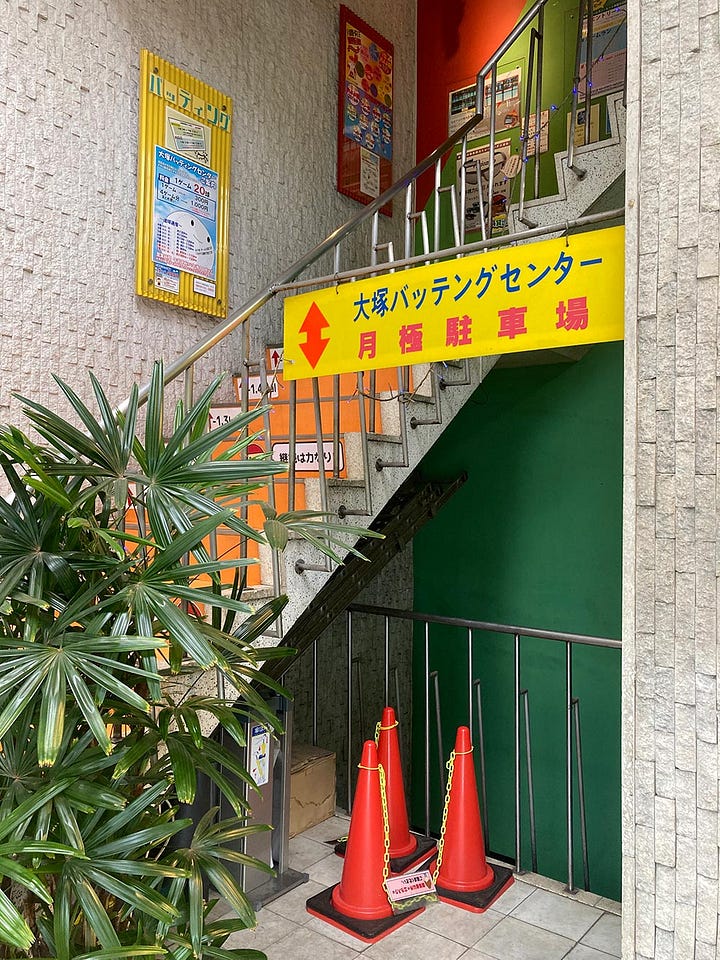
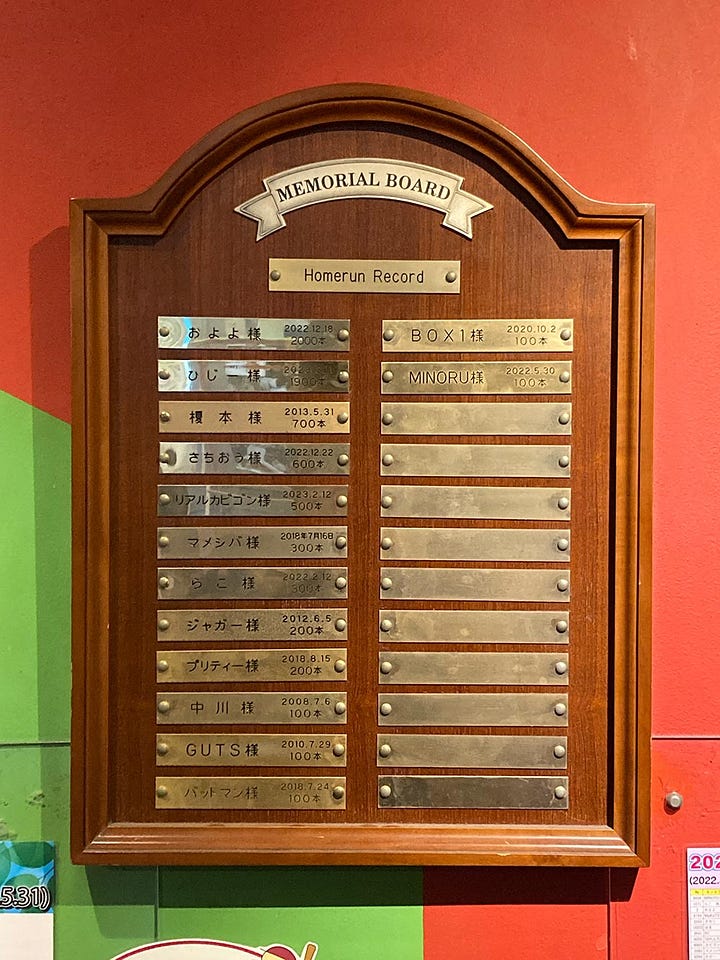
As baseball grew in popularity, as a major spectator sport, so too did its batting centers, designed to be used by everyone from seasoned professionals to aspiring amateurs and anyone with a casual interest. The first opened in Tokyo in 1965. Their popularity grew in the 80s, followed with technological innovations in the 90s. But by the early 2000s, many had closed, due to any number of reasons, from a declining birth rate, to a waning popularity of the sport. Even the boom in personal gaming was thought to have had an impact.
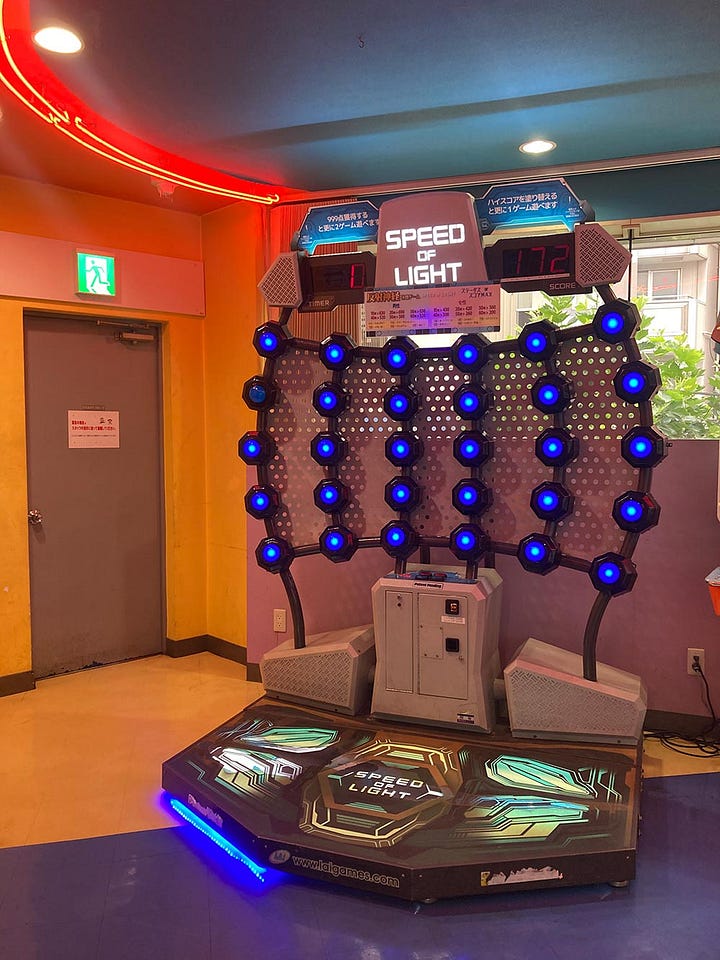
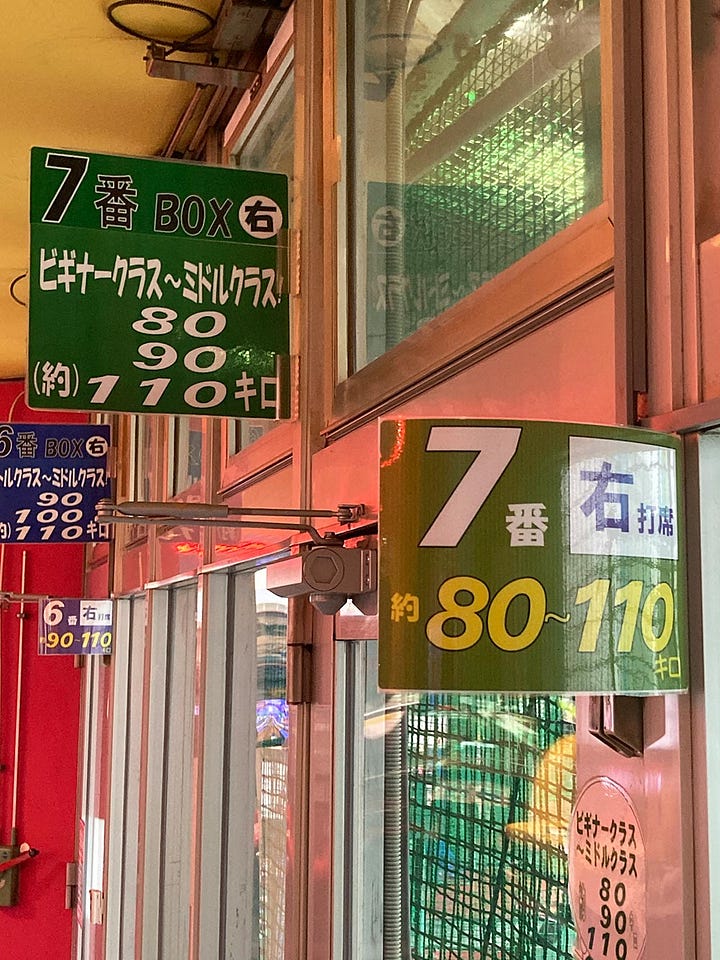
Otsuka Battling Center, in Tokyo’s Toshima ward managed to ride out much of this storm. It first opened in 1965 nearby the main JR station. And now sits on the second floor as it did when rebuilt in 1976 with a Pachinko parlor below. “Picotao”, as it is called with its retro signboard flashing each & every night and clearly visible from all quarters of Otsuka, will sadly close at the end of this month bringing an end to one of Otsuka’s local landmarks, the very same year that Japan retained its fifth WBC title having beaten every other national team including the USA.
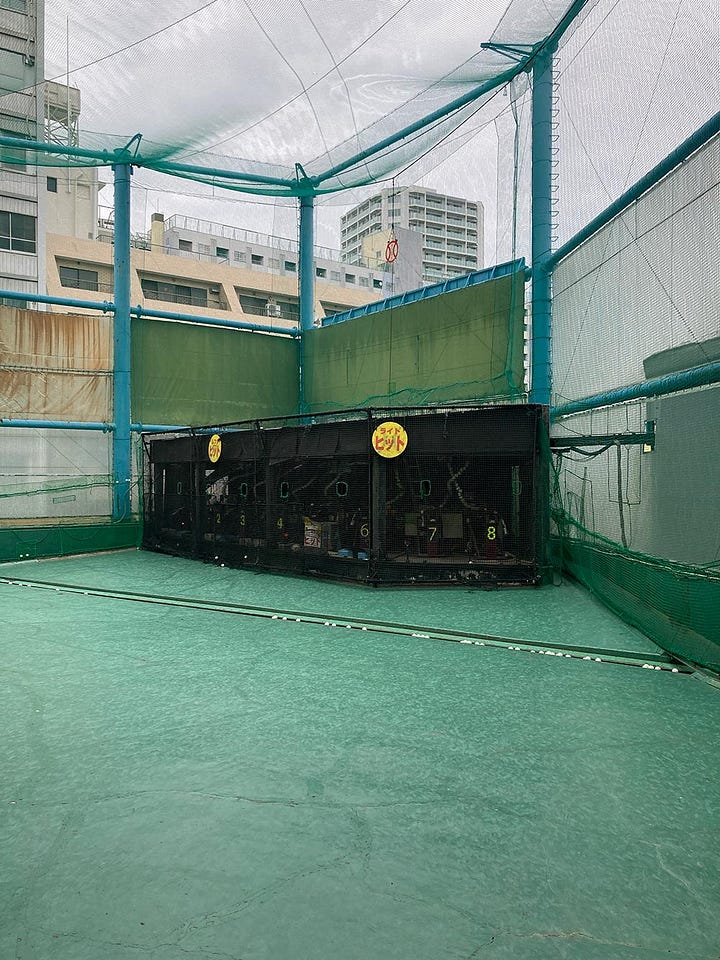
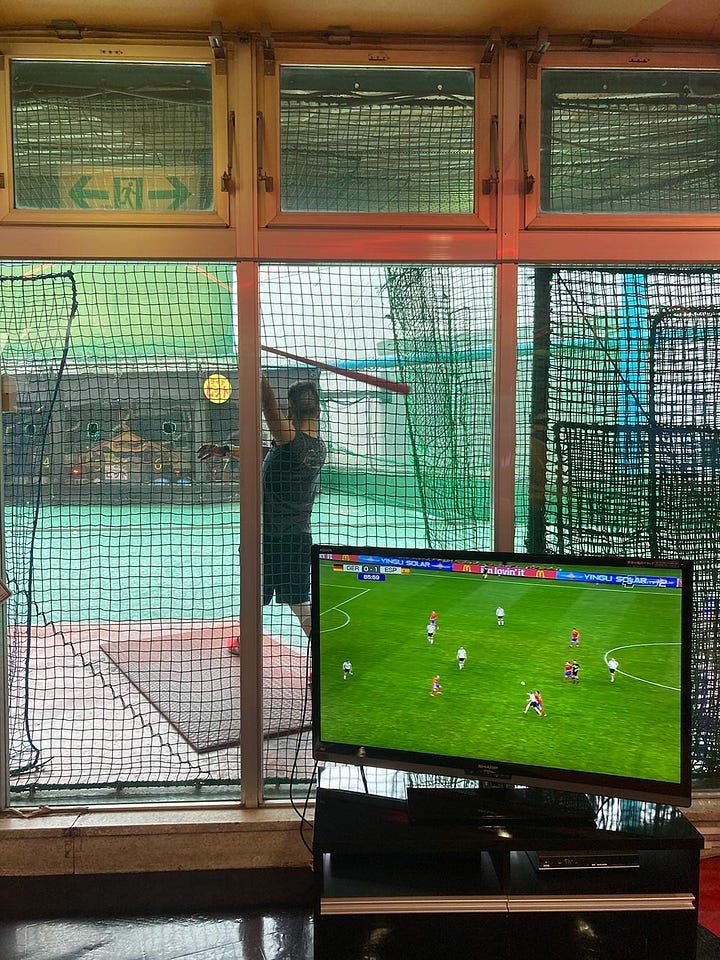
We visit Picotao for one last batting session, then head to gallery 4649 in nearby Sugamo for a painting show by Yusuke Abe and catch the classic sound of Elvis singing The Righteous Brothers coming from the main Sugamo Shopping Street.
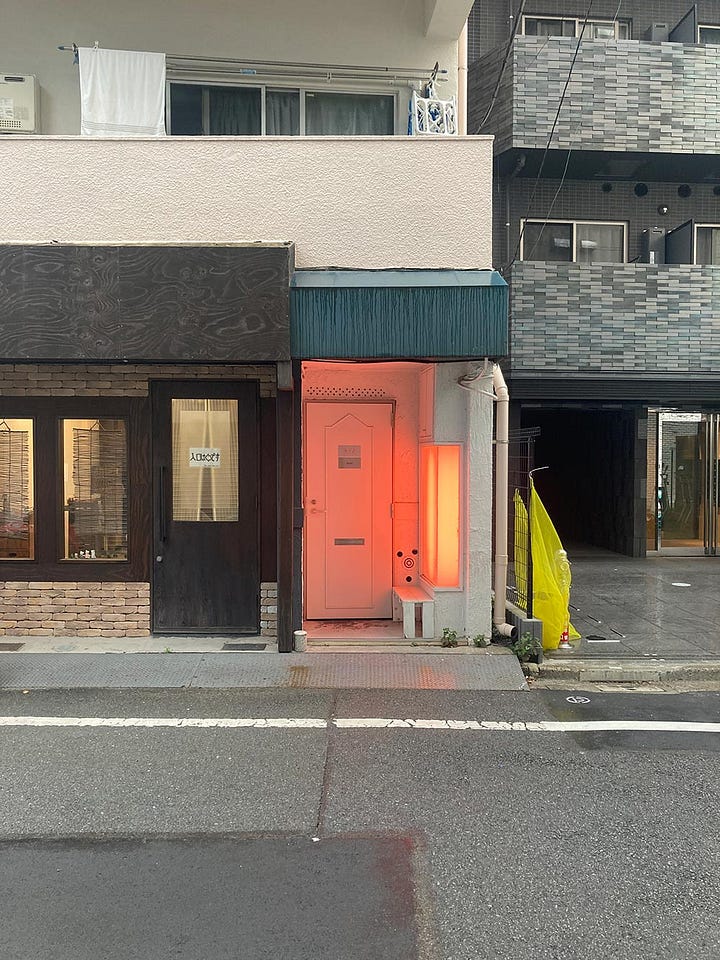
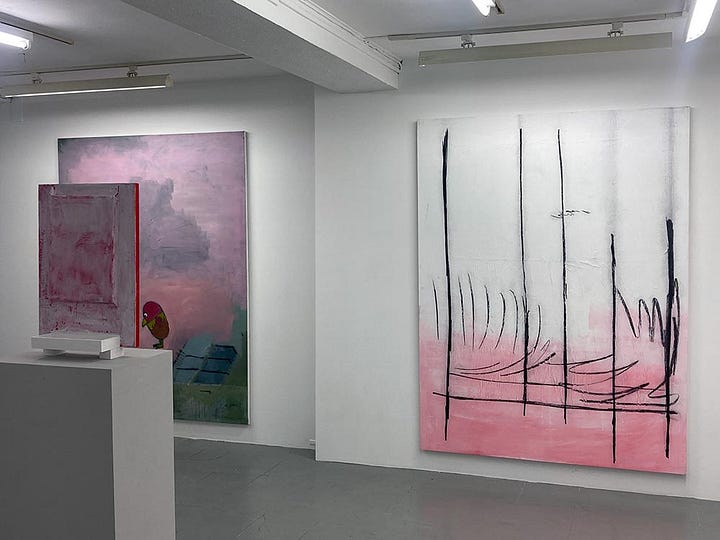
NOTEBOOK episodes are published 3 times a week: Monday, Wednesday, and Friday. We will add things here we couldn’t fit into each episode and use this space as somewhere to answer your questions when your here or thinking of visiting Japan.
It wont necessarily be chronological: we’ll dive back into previous episodes and expand on things that wouldn’t fit — you can only record so much.
We have recently been adding field recordings from different parts of the city, and different parts of the country, while interviews give us a chance to talk with other people on the places they might recommend (or not, for that matter).
And if you have an recommendations or requests, send an email (notebook.podcast@gmail.com) or voice message (speakpipe.com/notebook). Better still, Subscribe and add a comment below. Thanks for listening, thanks for reading, and feel free to use this as your NOTEBOOK.






